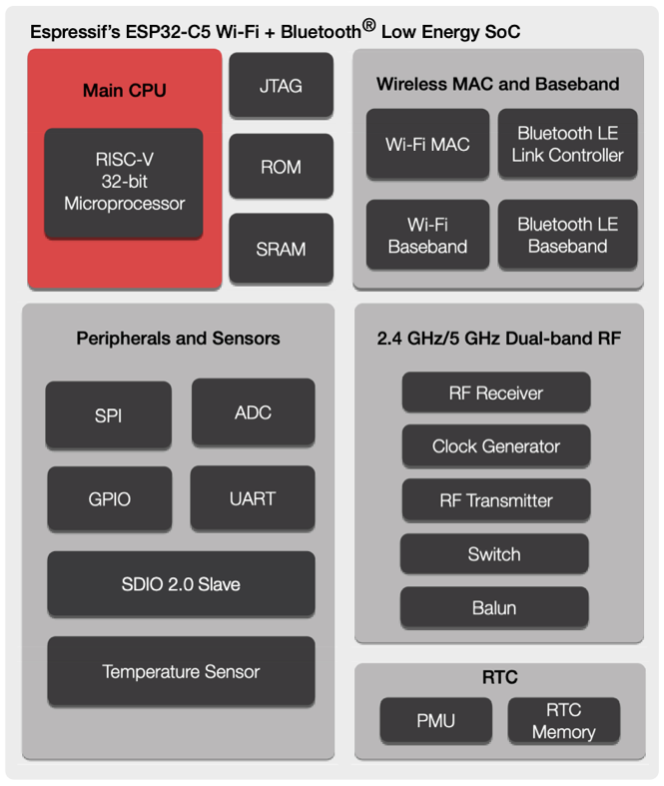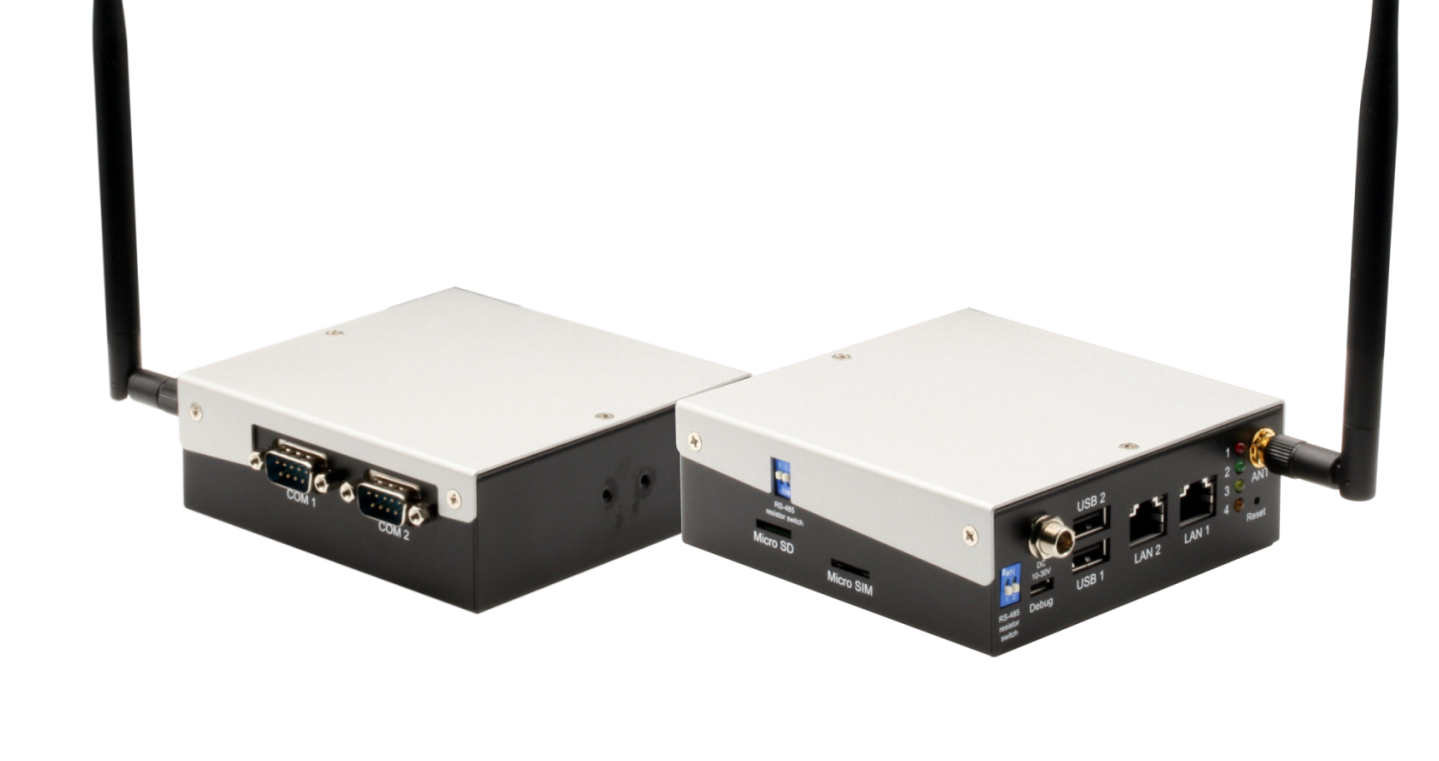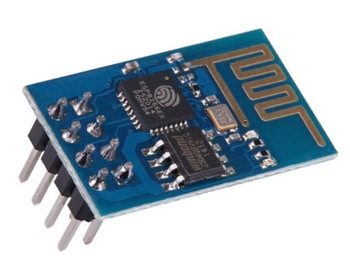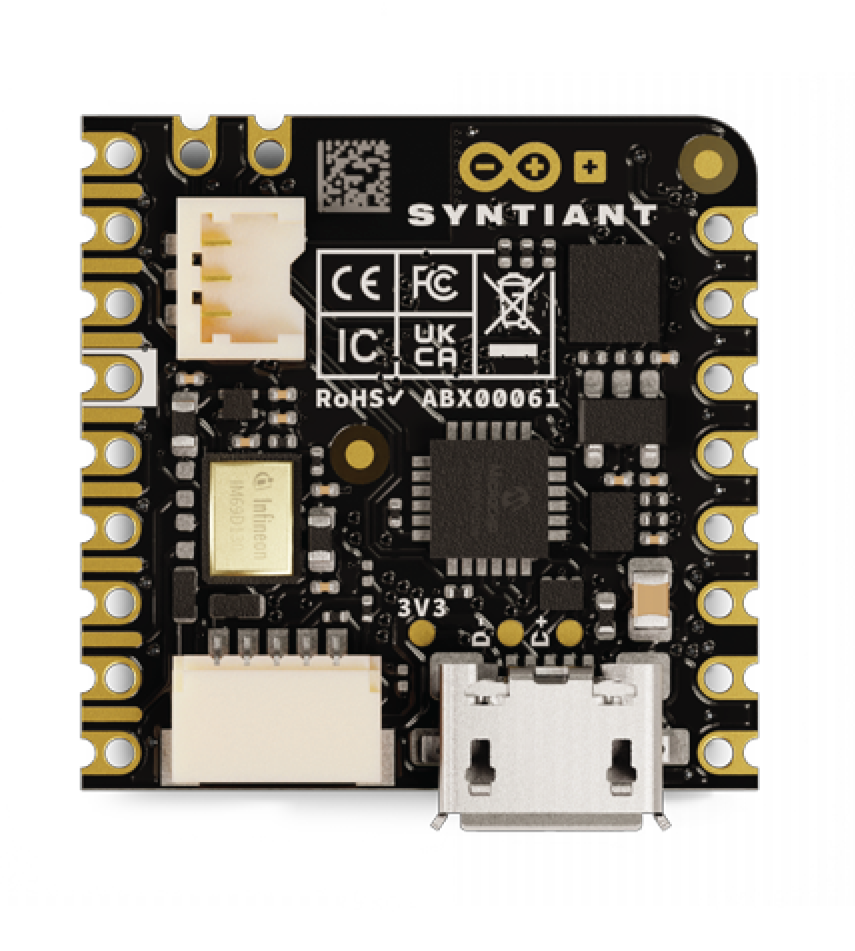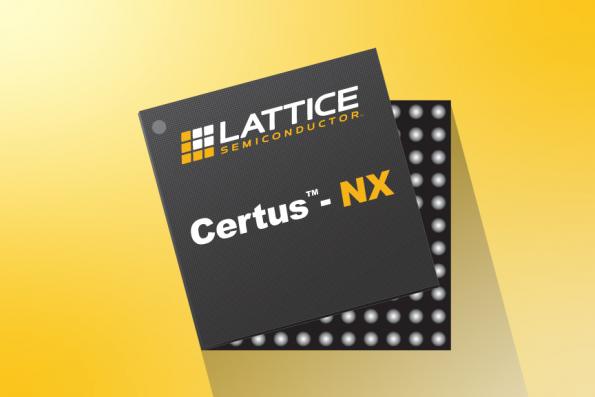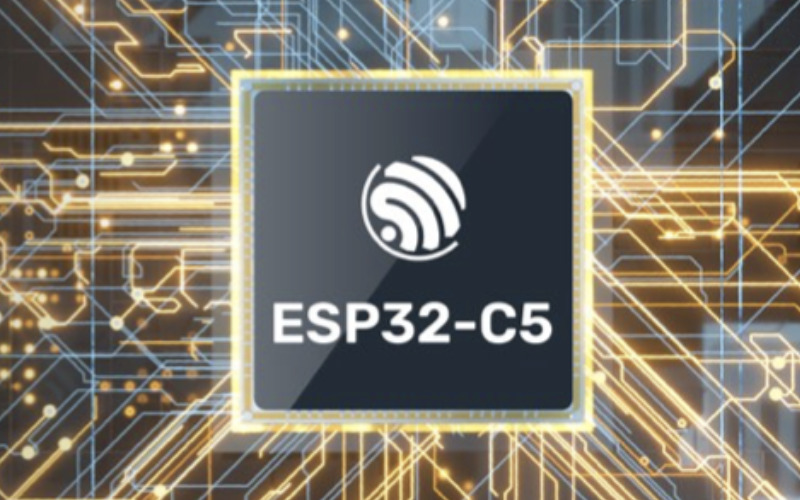
Espressif ESP32-C5 SoC with dual-band Wi-Fi 6 and Bluetooth 5 Low Energy
One of the very famous embedded SoC designers and manufacturers, Espressif, has recently announced the launch of yet another 32-bit microcontroller– ESP32-C5 featuring its first dual-band Wi-Fi solution. As the company claims, the ESP32-C5 system-on-chip is a follow-up module to the ESP32-C6 SoC which was announced last year. ESP32-C6 came with the support for Wi-Fi 6 and Bluetooth 5 Low Energy wireless connectivity which was an upgrade from ESP32-C3 SoC. The new ESP32-C5 SoC has an integrated MCU of 2.4GHz and 5GHz dual-band Wi-Fi 6 along with Bluetooth 5 Low Energy connectivity.
The ESP32-C5 SoC is equipped with dual-band Wi-Fi 6 (IEEE 802.11ax) radio and IEEE 802.11b/g/n standard for back compatibility. Wi-Fi 6 support has been an important parameter for its adoption due to its optimized performance for edge IoT devices. The SoC supports 20MHz bandwidth for IEEE 802.11ax mode and an optional 20/40MHz bandwidth for standard IEEE 802.11b/g/n modes.
At the heart of the ESP32-C5 is the 32-bit RISC-V single-core processor that can be clocked up to a frequency of 240MHz. The hardware comes with a 400kB of SRAM and 384kB ROM with support for external flash storage. There are 20 programmable GPIOs that support commonly used peripherals that allow the user to interface camera and display modules. The module also incorporates SDIO 2.0 Slave interface.
“The ESP32 SDIO Card peripherals (Host, Slave) share two sets of pins as below table. The first set is usually occupied by the SPI0 bus, which is responsible for the SPI flash holding the code to run. This means SDIO slave driver can only run on the second set of pins while SDIO host is not using it.”
Enterprise customers who deploy thousands of edge devices into the edge network are looking for low latency and stable connectivity using the 5GHz band. Espressif ESP32-C5 SoC will provide robust wireless connectivity across this spectrum for less traffic and lower interference for mission-critical applications. Wi-Fi 6 is supported by ESP32-C5 and comes with several upgraded features to provide benefits for edge devices. An example taken by the company is the support for the OFDMA mechanism for uplink and downlink communication along with MU-MIMO capacity for download. This feature is a key highlight of the hardware as it improves efficiency and provides low latency communication even in a congested wireless environment.
On the software side, Espressif ESP32-C5 can be used on Espressif’s open-source ESP-IDF suite, which already powers other ESP modules. Due to its robust wireless connectivity, several customers might want to use ESP32-C5 as a communication co-processor with an external host, for which the company has provided ESP-AT and ESP-hosted SDKs. For more information on the Espressif ESP32-C5, visit the official press release.





